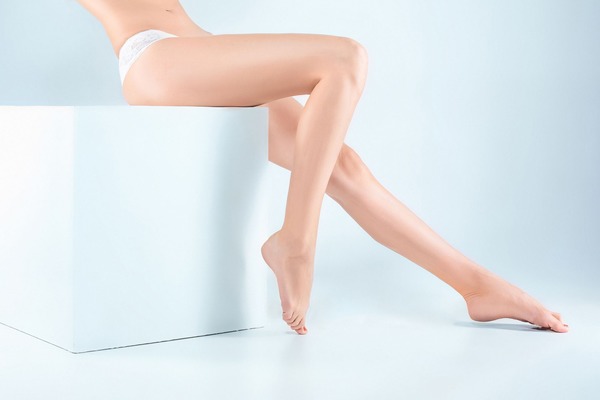
Cellulite
What is it
Cellulite, called orange peel, is a complex ailment. It is the most common aesthetic skin defect and affects most women. It occurs on the buttocks, hips, thighs, the knee area and on the shoulders. It gives the appearance of wrinkled skin, often painful to the touch.
The reasons
Due to its structure and origin, it is referred to as fatty tissue degeneration - lipodystrophy with the presence of edema, fibrosis, sclerosis and nodules within the subcutaneous tissue.
Types of cellulite
There are two types of cellulite, water and lipid. The former appears as a result of excess water and fat accumulated in the body from youth being moved to the outer layers of the skin. On the other hand, lipid cellulite - which is an orange peel symptom - is formed deeper in the skin and connective tissue. This is where fat cells are found, which in the normal cycle undergo the processes of formation and disintegration, but due to improper metabolism, they begin to swell and form lumps. Additionally, cellulite could be influenced by: hormonal disorders and changes, e.g after pregnancy, also due to genetic predispositions or in bad nutrition (poor diet, cigarettes, coffee). Cellulite can also appear because of tight-fitting clothes which exert pressure on the skin and due to lack of exercise.
Cellulite development stages
- I SWELLING – blood nourishes the skin poorly, lymph flow is worse, pressure on fat cells causes their swelling, the skin elasticity decreases, collagen is damaged, these symptoms are often unnoticeable yet.
- II FIBROTIC - the skin is noticeably cooler and paler, when you catch a fold of the skin, you feel changes in the structure of adipose tissue
- III HARDENING - changes of the "orange peel" type are already visible, when touching you can feel thickening, alternating with points of flaccid skin.
- IV BUMPY – pale skin, noticeable lumpiness, thickening and folds, the skin is cool and lacks elasticity. The lumps occur in groups and alone, they are painful when pressured.
The sooner the treatment starts, the greater the chance of getting rid of cellulite. With the 1st and 2nd degree, the treatments bring quite quick results, with the 3rd and 4th stage, combined therapies must be used and the treatment is long-lasting.
Treatment consists in taking lipolytic activities and improving circulation, as well as changing eating and condition habits.